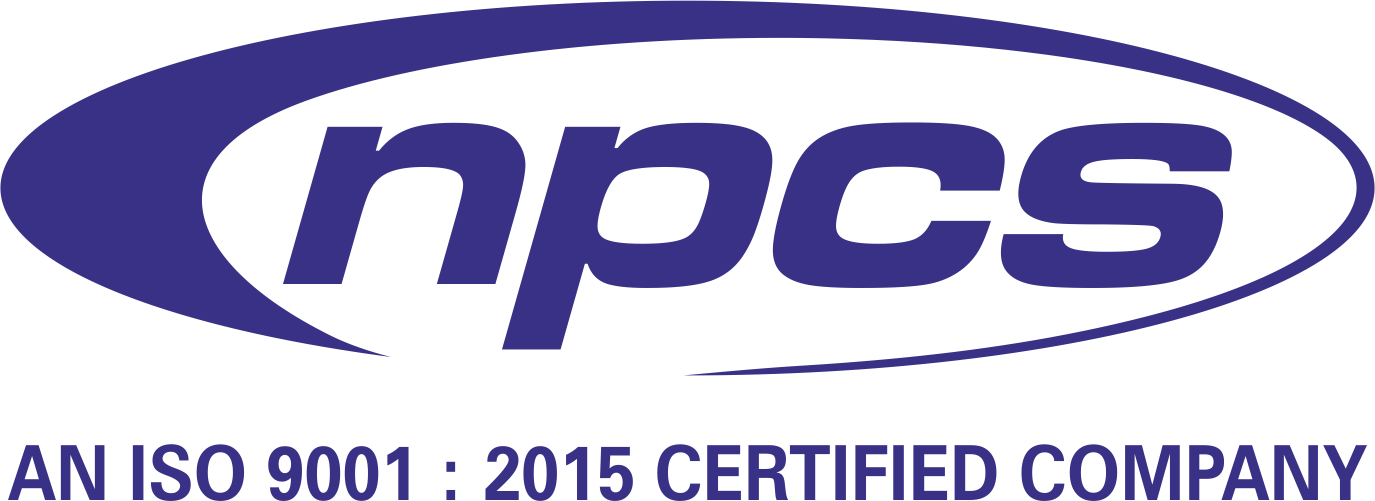In the ever-evolving global economy, technological advancements and sustainability are redefining how raw materials are sourced and utilized. One such transformative innovation is the extraction of ultrapure silicon from rice husk ash. As the demand for high-purity silicon surges—especially in solar energy, semiconductors, and electronics—the opportunity to harness this value from an agricultural by-product becomes not only a breakthrough in sustainability but also a high-potential investment idea. This article explores why ultrapure silicon production from rice husk ash is one of the most promising and futuristic investment opportunities available today.
See Also: Glycerin Creams
Why Ultrapure Silicon from Rice Husk Ash is a Game-Changer
Rice husk, a widely available agricultural residue, is often considered waste and either discarded or used inefficiently. However, when burned in controlled conditions, it produces rice husk ash (RHA), which contains up to 90% silica. Through advanced chemical processing, this silica can be refined to obtain ultrapure silicon—a key material in photovoltaic (solar panel) cells, computer chips, and various high-tech applications.
The conventional method of producing ultrapure silicon relies on mining quartz and subjecting it to energy-intensive processes, which are both expensive and environmentally damaging. In contrast, ultrapure silicon from rice husk ash offers a sustainable and economically feasible alternative. This breakthrough process not only reduces the carbon footprint but also turns agricultural waste into a high-value commodity.
The Market Demand for Ultrapure Silicon
The global market for ultrapure silicon is projected to grow exponentially due to the rise of solar energy systems, electric vehicles, and the proliferation of consumer electronics. Silicon wafers form the backbone of these technologies. With government incentives and corporate mandates to shift towards greener energy sources, the solar industry alone is witnessing an unprecedented boom.
Producing ultrapure silicon from rice husk ash could play a crucial role in meeting this demand, especially in regions with limited access to traditional silicon raw materials but abundant in rice cultivation. Countries like India, China, Indonesia, and Vietnam could lead this sector due to their massive rice production and agricultural waste generation.
Environmental and Economic Benefits
One of the most compelling reasons to invest in this technology is its dual advantage—environmental conservation and economic profitability. Let’s explore both aspects:
Environmental Benefits:
-
Waste Reduction: Rice husk is typically burned in open fields, causing pollution. Processing it for silicon prevents this and turns waste into wealth.
-
Lower Emissions: The conventional silicon production process is carbon-intensive. Utilizing RHA significantly reduces energy usage and emissions.
-
Sustainable Resource Cycle: It creates a closed-loop system in agriculture and manufacturing, where waste feeds into high-tech production.
Economic Benefits:
-
Low Raw Material Cost: Rice husk is cheap and often considered waste, drastically reducing input costs.
-
High Market Value of Output: Ultrapure silicon can fetch prices significantly higher than ordinary silica or even metallurgical grade silicon.
-
Government Incentives: Many governments offer subsidies and incentives for waste-to-wealth technologies, making the initial investment more attractive.
Technological Process Involved
The process of converting rice husk ash into ultrapure silicon involves several stages:
-
Controlled Combustion: Rice husk is burned under controlled conditions to obtain white ash rich in amorphous silica.
-
Acid Leaching: The ash is treat with acids to remove metallic impurities.
-
Thermal Treatment: The purified silica is then subject to high temperatures in a reduction furnace using reducing agents like carbon or magnesium to obtain silicon.
-
Purification: Further chemical and physical treatments refine the silicon to 99.9999% purity—known as 6N silicon, which is require for electronics and solar-grade applications.
The entire process is relatively more eco-friendly and cost-effective compared to traditional quartz refining, making it suitable for both small-scale and industrial-level setups.
Investment Viability and ROI
Investing in a facility that produces ultrapure silicon from rice husk ash presents lucrative ROI opportunities. A small- to mid-scale plant can be set up near rice milling centers to ensure a constant supply of raw materials. The capital expenditure primarily includes:
-
Combustion and ash handling systems
-
Chemical processing and leaching units
-
Reduction furnaces and purification systems
-
Waste treatment and disposal units
Once operational, such a unit can generate significant profit margins, especially by selling ultrapure silicon to global buyers in the semiconductor and renewable energy sectors. With the rise in demand and relatively low operating costs, most investors can expect full recovery of capital within 2–3 years.
Applications of Ultrapure Silicon
The utility of ultrapure silicon extends across various high-growth industries:
-
Solar Power: Used in photovoltaic cells, which are the cornerstone of solar panels.
-
Semiconductors: Forms the base material for integrated circuits and microprocessors.
-
Medical Devices: Utilized in high-purity implants and diagnostic tools.
-
Optoelectronics: Integral in light-emitting diodes (LEDs) and fiber optic networks.
Given its wide application, the demand is likely to remain high for the foreseeable future, making this sector a secure and future-proof investment.
Global Trends and Support
The concept of producing ultrapure silicon from rice husk ash is gaining traction globally. Research institutions, startups, and environmental agencies are increasingly investing in refining the process. Japan, Germany, and India have already demonstrated successful pilot projects.
Additionally, global organizations like the United Nations Industrial Development Organization (UNIDO) and the International Renewable Energy Agency (IRENA) are encouraging such sustainable innovations by providing funding, expertise, and policy support.
Strategic Business Considerations
For entrepreneurs and investors considering entry into this space, here are a few strategic points to consider:
-
Location: Set up units close to rice-producing regions to minimize transportation costs.
-
Partnerships: Collaborate with rice mills, local governments, and academic institutions for raw material sourcing and technology upgrades.
-
Quality Control: Since ultrapure silicon requires very high levels of refinement, invest in high-precision equipment and trained technical personnel.
-
Export Potential: Focus on international markets with a strong demand for silicon wafers and chips, like the USA, South Korea, and EU nations.
Challenges and Mitigation
While the opportunity is immense, challenges like high initial capital cost, technical expertise requirements, and market entry barriers do exist. However, with government incentives, access to R&D support, and a clear focus on quality, these can be mitigate effectively.
-
Technical Know-how: Partner with research institutions or hire experienced chemical engineers.
-
Capital: Apply for government green tech grants or partner with venture capital firms focused on clean energy.
-
Market Access: Join industry trade platforms and silicon associations to build networks and access global buyers.
See Also: Industrial Pollution
Conclusion
The production of ultrapure silicon from rice husk ash is more than just an innovative recycling method—it is a strategic convergence of sustainability, technology, and profitability. As the world transitions to a green and digital economy, this approach solves multiple challenges at once: waste management, raw material scarcity, and the rising demand for high-purity silicon. For forward-thinking investors, now is the ideal time to explore and capitalize on this groundbreaking opportunity.
By turning agricultural waste into one of the most critical materials of the modern world, this investment idea holds immense potential not only for high financial returns but also for contributing to a sustainable, circular economy.





